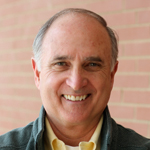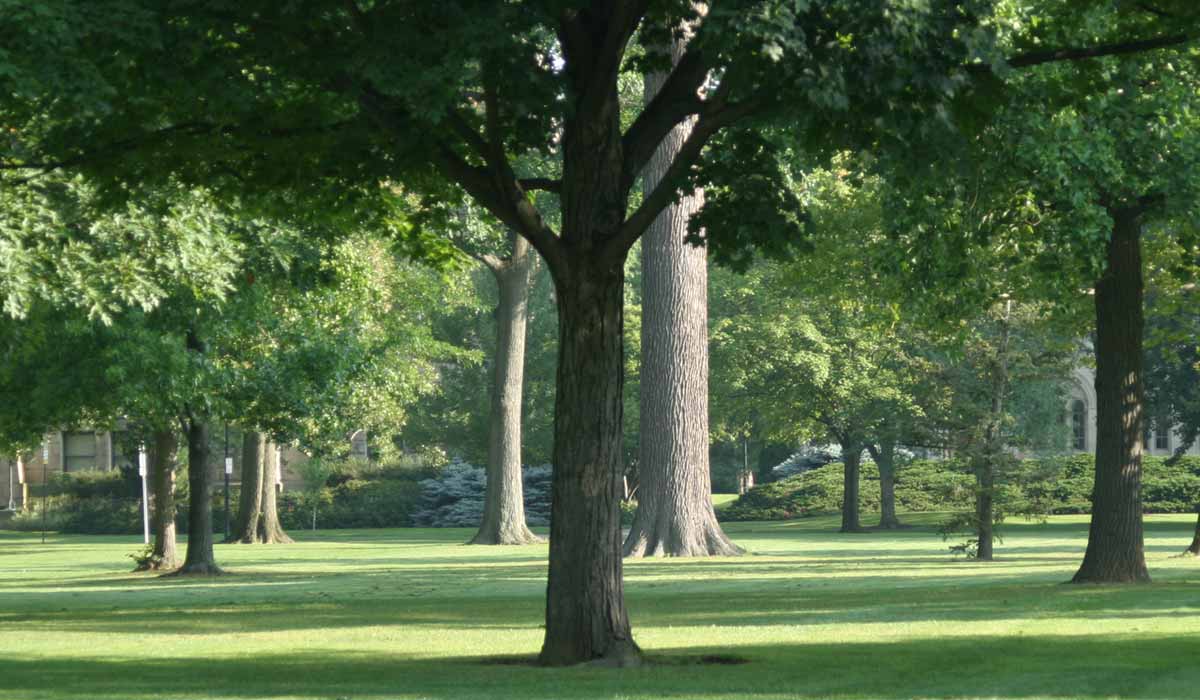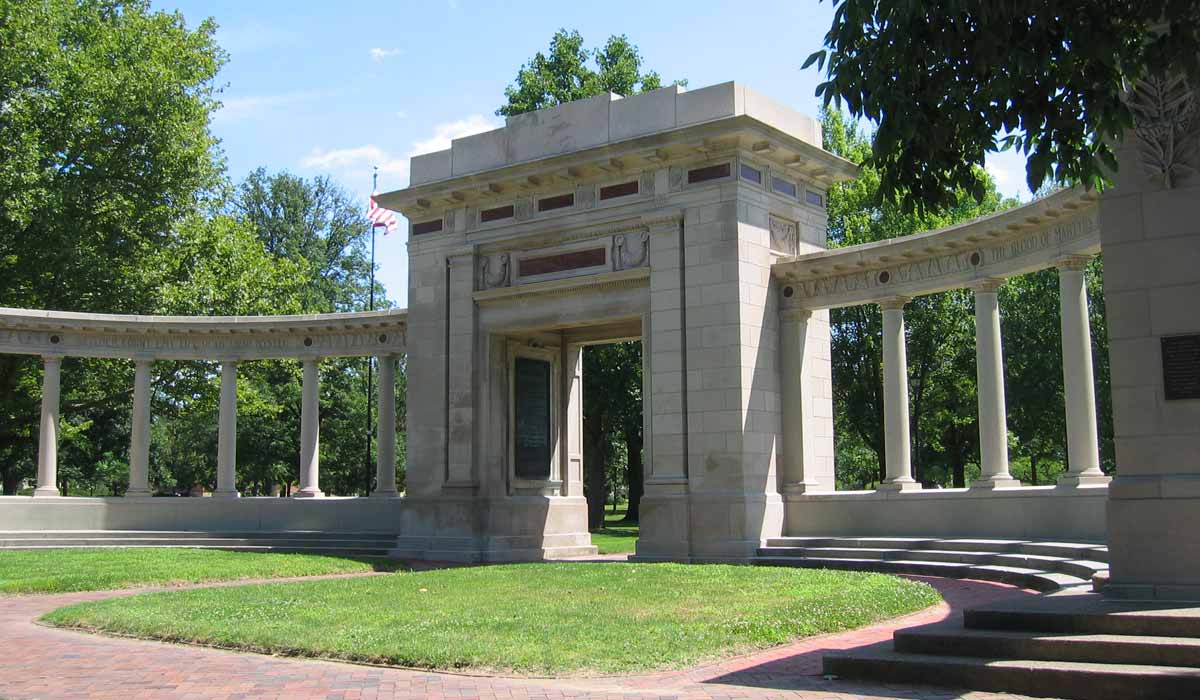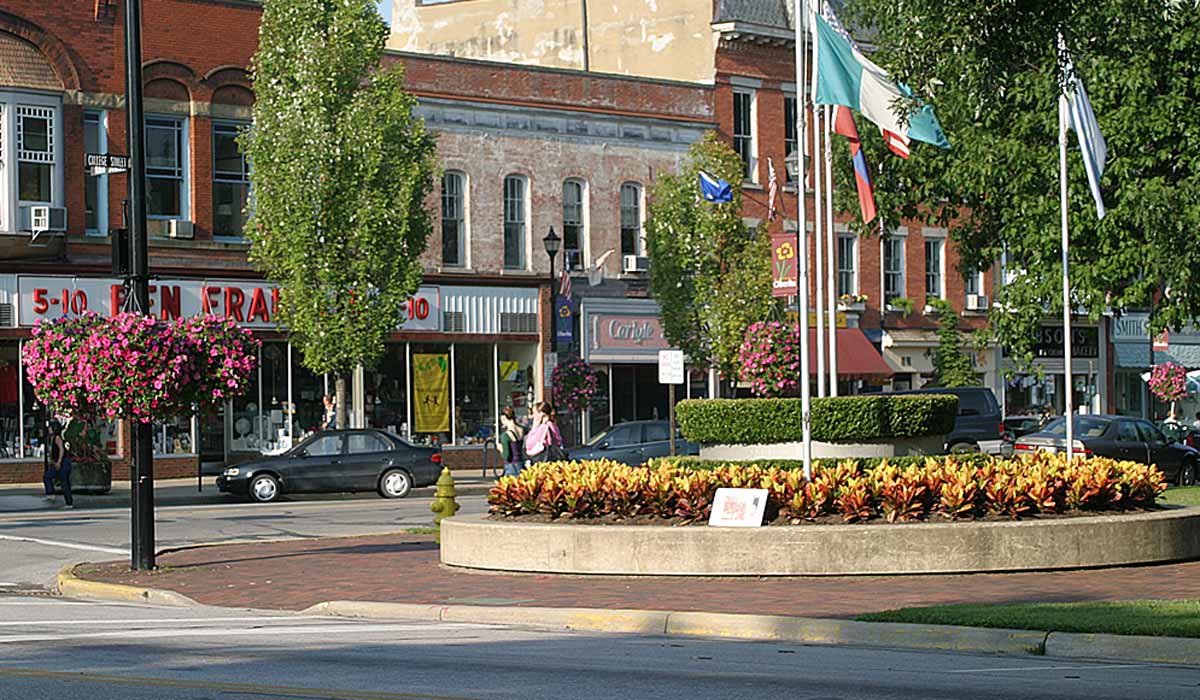Founder & Visionary
 David W. Orr is the Paul Sears Distinguished Professor of Environmental Studies and Politics and Special Assistant to the President of Oberlin College. The Oberlin Project was formed out of David Orr's vision of full-spectrum sustainability: an all-encompassing joint venture by the town and College to create a thriving, sustainable and environmentally friendly community in Oberlin.
David W. Orr is the Paul Sears Distinguished Professor of Environmental Studies and Politics and Special Assistant to the President of Oberlin College. The Oberlin Project was formed out of David Orr's vision of full-spectrum sustainability: an all-encompassing joint venture by the town and College to create a thriving, sustainable and environmentally friendly community in Oberlin.
He is the recipient of six honorary degrees and other awards including The Millennium Leadership Award from Global Green, the Bioneers Award, the National Wildlife Federation Leadership Award, a Lyndhurst Prize acknowledging "persons of exceptional moral character, vision, and energy." He has been a scholar in residence at Ball State University, the University of Washington, and other universities. He has lectured at hundreds of colleges and universities throughout the U.S. and Europe. He has served as a Trustee for many organizations including the Rocky Mountain Institute, the Aldo Leopold Foundation, and the Bioneers. He has been a Trustee and/or advisor to ten foundations.
His career as a scholar, teacher, writer, speaker, and entrepreneur spans fields as diverse as environment and politics, environmental education, campus greening, green building, ecological design, and climate change. He is the author of seven books and co-editor of three others. His first book, Ecological Literacy (SUNY, 1992), was described as a "true classic" by Garrett Hardin. A second book, Earth in Mind (1994/2004) is praised by people as diverse as biologist E. O. Wilson and writer, poet, and farmer, Wendell Berry. Both are widely read and used in hundreds of colleges and universities. The Essential David Orr (Island Press, 2010) is a collection of his writings from 1985 to 2010.
In 1987 he organized studies of energy, water, and materials use on several college campuses that helped to launch the green campus movement. In 1989 Orr organized the first ever conference on the effects of impending climate change on the banking industry. Co-sponsored by then Governor Bill Clinton, the conference featured prominent bankers throughout the mid-South and leading climate scientists including Stephen Schneider and George Woodwell.
In 1996 he organized the effort to design the first substantially green building on a U.S. college campus. The Adam Joseph Lewis Center was later named by the U.S. Department of Energy as "One of Thirty Milestone Buildings in the 20th Century," and by The New York Times as the most interesting of a new generation of college and university buildings. The Lewis Center purifies all of its wastewater and is the first college building in the U.S. powered entirely by sunlight. But most important it became a laboratory in sustainability that is training some of the nation"s brightest and most dedicated students for careers in solving environmental problems. The story of that building is told in two books, The Nature of Design (Oxford, 2002) that Fritjof Capra called "brilliant," and a second, Design on the Edge (MIT, 2006), that architect Sim van der Ryn describes as "powerful and inspiring."
In an influential article in the Chronicle of Higher Education 2000 Orr proposed the goal of carbon neutrality for colleges and universities and subsequently organized and funded an effort to define a carbon neutral plan for his own campus at Oberlin. Seven years later hundreds of colleges and universities, including Oberlin, have made that pledge.
David's vision is chronicled in detail in the Fall 2011 edition of the Oberlin Alumni Magazine.









